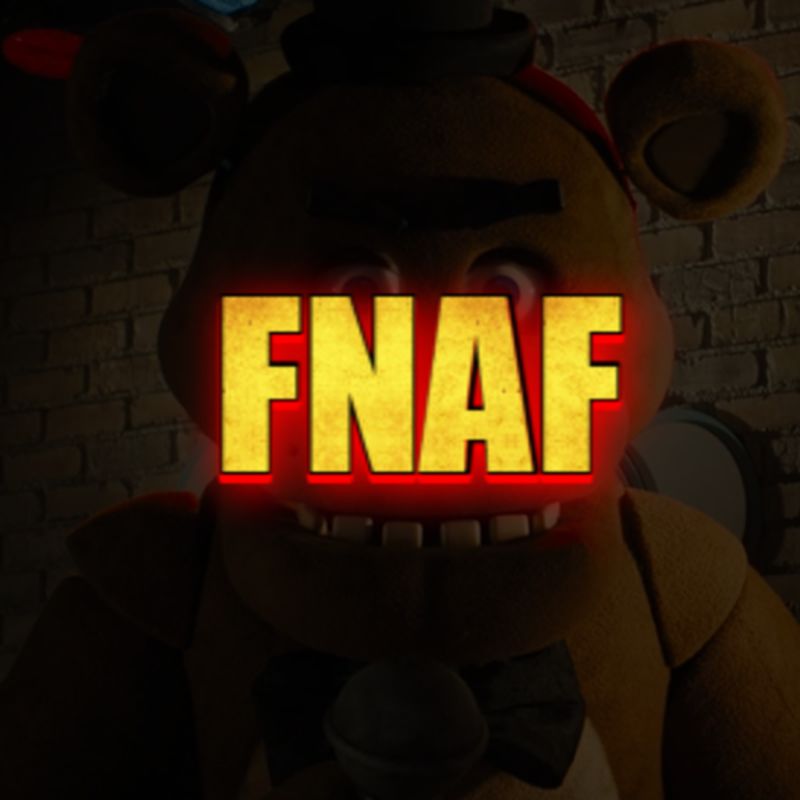- Mobile 0985512112
- Email fnafgameus@gmail.com
- Website www.fnafgame.us/
-
1122, California, United States
- Text me
- Reach me on Whatsapp
Five Nights at Freddy’s: A Cultural Phenomenon in Indie Horror Gaming
Five Nights at Freddy’s (FNaF), created by developer Scott Cawthon and first released in 2014, transformed indie horror gaming into a mainstream cultural phenomenon. Built on a deceptively simple premise—survive five nights as a nighttime security guard at a haunted family entertainment restaurant—the series blends minimalist gameplay, tense atmosphere, and an intricate, fan-scrutinized lore. This article examines the game’s mechanics, narrative complexity, community impact, criticisms, and legacy.

Gameplay and Design FNaF’s core loop is elegant and claustrophobic. Players monitor security cameras, manage limited power, and close doors or use lights to keep animatronic characters at bay. There’s no combat or exploration—only decision-making under pressure. This scarcity of player agency intensifies vulnerability, producing consistent jump scares and sustained tension. The game’s audio cues, limited visuals, and clever use of perspective turn a modest asset set into a potent horror device.
Narrative Complexity and Mystery Beneath the simple survival mechanics lies a dense, fragmented narrative. Through cryptic phone calls, minigames, easter eggs, and later games’ expanded mechanics, FNaF weaves a story about haunted animatronics, child murders, corporate cover-ups, and time-shifted identities. Scott Cawthon deliberately embraced ambiguity, encouraging player theorizing. The community-driven decoding of lore—timelines, hidden messages, and symbolism—became a core part of FNaF’s appeal. This layered storytelling contrasts with the game’s surface simplicity and rewards persistent, collaborative analysis.
Community and Fan Culture FNaF’s fanbase is unusually active and creative. Fans produce fan fiction, art, animations, music, and even fan games, expanding the franchise’s emotional and narrative reach. Let’s Plays and reaction videos contributed heavily to the series’ viral spread: the game’s jump scares translate well to watchable content, amplifying exposure. Fan theories and ARG-style investigations fostered a sense of community involved in uncovering secrets. The fandom’s energy helped sustain the franchise for multiple sequels, books, and adaptations.
Commercial Success and Expansion What began as a low-budget PC title evolved into a multimedia franchise: sequels with varied mechanics (e.g., VR and stealth entries), novels that expand canon, a planned feature film, and merchandise. This growth demonstrates how distinctive concepts and strong community engagement can pivot an indie game into a major intellectual property. Cawthon’s iterative releases kept the core tension while experimenting—some entries focused on narrative clarity, others introduced new gameplay twists, broadening the series’ audience.
BLOG:
https://divisionmidway.org/jobs/author/fnaf/
https://md.entropia.de/s/bBzS5sde0
https://pad.darmstadt.social/s/O4ukOgHs8
https://bulkwp.com/support-forums/users/fnafgame/
https://fnafgame.bandcamp.com/merch/fnaf-game-five-nights-at-freddys-play-free-online
https://www.reverbnation.com/fnaf39
https://files.fm/fnafgame/info
https://scholar.google.com/citations?view_op=list_works&hl=en&user=lFLzcZcAAAAJ
https://medium.com/@fnafgameus
https://www.blackhatprotools.info/member.php?256860-fnafgame
https://www.lasso.net/go/item/KmOerkJ5Jf

